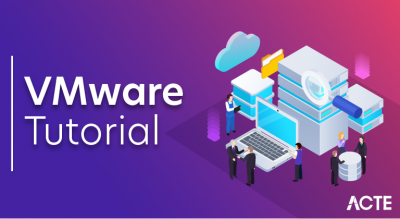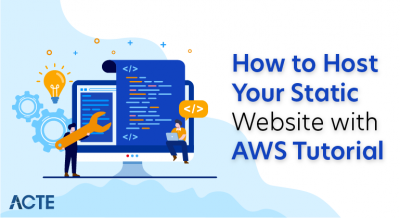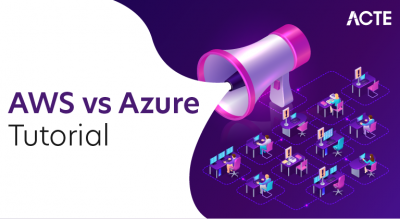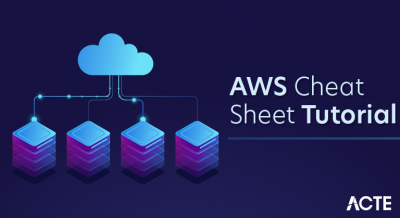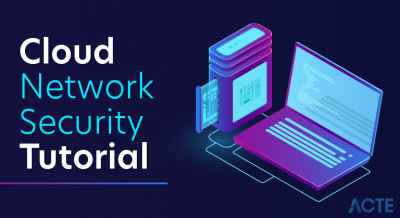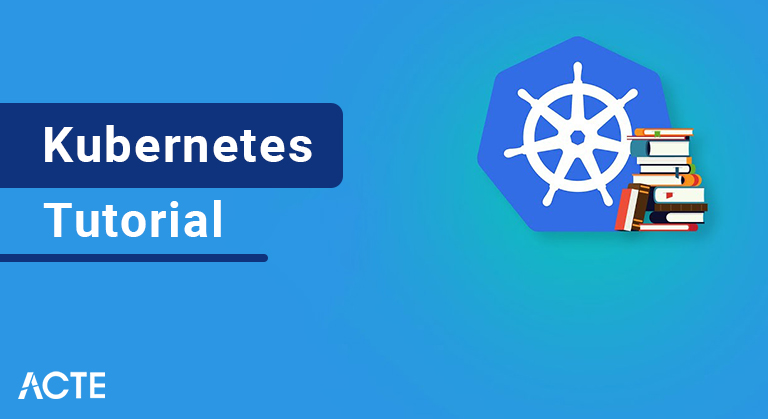
- What is Kubernetes?
- What task are performed by Kubernetes?
- Why use Kubernetes?
- Why did the need for Kubernetes arise?
- Features of Kubernetes
- Kubernetes Architecture
- Components of Kubernetes Node
- Kubernetes Basics
- Other Key Terminologies
- Kubernetes vs. Docker Swarm
- How to set up a Kubernetes cluster?
- Conclusion
What is Kubernetes?
Kubernetes is fundamentally a framework planned explicitly to oversee containerized uses of particular sorts across a group of hubs. It was intended to address the distinction between the manner by which the cutting edge, grouped framework is planned. Practically all bunch advances endeavor hard to give a stage that is particular or application arrangement.
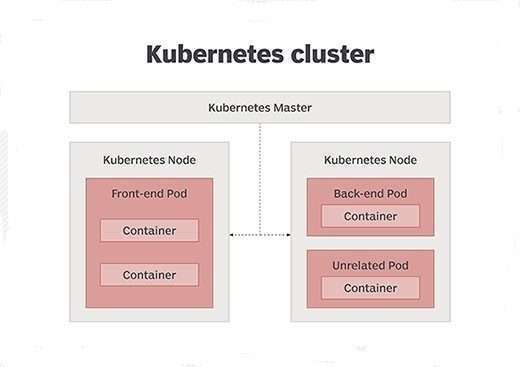
The client ought not need to think often about where booking of the work. The unit of the work introduced to the client is at the help level and may be cultivated by any of the part hubs. On the other side, numerous applications worked considering scaling are in a real sense made up administrations of the more modest component, that ought to be normal on the steady host. it’s even a ton important once they trust explicit systems administration conditions to convey fittingly.
Kubernetes, with its exquisite reflections, licenses designers to acknowledge applications rather than servers of individual compartments on explicit Servers, pet servers, hostnames, and so on Cases, replication administrations, and regulators are the essential units of Kubernetes and are utilized to depict the framework’s ideal state. In Kubernetes, the organization is taken care of in light of the guidelines and moves towards a forward above and beyond by proactively checking, scaling and auto-mending of these administrations to keep up with their ideal state.
What task are performed by Kubernetes?
Kubernetes is the Linux bit which is utilized for conveyed frameworks. It assists you with being dynamic the fundamental equipment of the nodes(servers) and offers a predictable point of interaction for applications that consume the common pool of assets.
Why use Kubernetes?
Kubernetes assists you with controlling the asset allotment and traffic the executives for cloud applications and microservices. It additionally assists with improving on different parts of administration arranged foundations. Kubernetes permits you to guarantee where and when containerized applications run and assists you with observing assets and devices you need to work with.
- Assuming you travel once again into the past a little to perceive how individuals were running their IT frameworks, you will see that everything began with actual frameworks and their servers. This time of organizations was known as a conventional climate. The issue with this sort of sending was that it was expensive and the equipment usage was exceptionally less enhanced. The whole arrangement was likewise exceptionally defenseless against assaults.
- Virtual frameworks were created to make the interaction significantly more effective. In this sort of sending, there can be various virtual OSs on top of your base. This arrangement time is known as the virtual organization period, where the sending is significantly more improved as clients can run various things on a solitary arrangement of equipment. Before long, individuals understood that the applications didn’t need the full abilities of the whole OS, they rather just required a little arrangement of capacities. These little varieties came to be known as holders.
- Individuals likewise understood that compartments are significantly more helpful than what was initially considered them. In addition to the fact that they are lightweight, they are significantly more secure as the whole application can be separated into microservices, which works on the dissemination of responsibility for designers and gets the application. One more extraordinary value of holders is the way that they eliminate the natural error between the engineer group and the activities group.
Why did the need for Kubernetes arise?
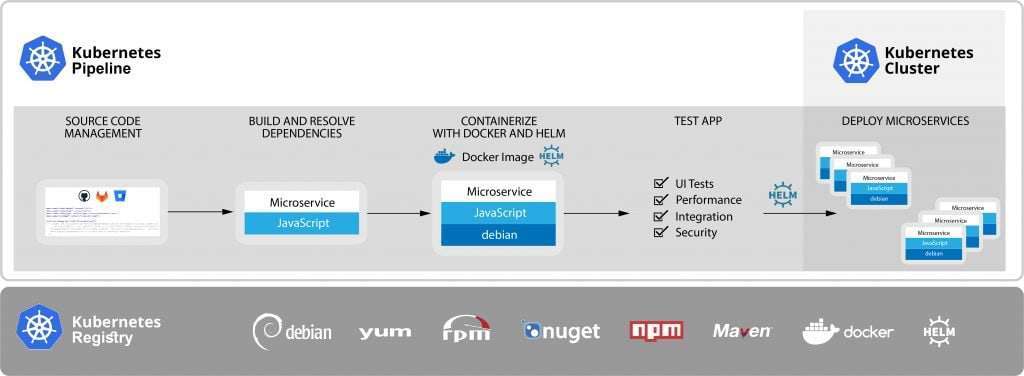
Features of Kubernetes :-
Kubernetes accompanies many highlights that make it such a delight to work with. The absolute most prominent elements are given beneath.
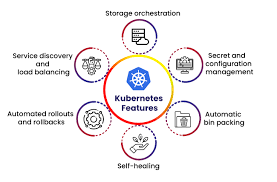
Automated scheduling: One of the best elements of Kubernetes is the way that it comes stacked with computerized planning, which is by and large what it seems like. In Kubernetes, you have a group that can have n number of hubs. Presently, when a holder is sent off, it must be connected to a hub. Kubernetes deals with the hub that the case ought to be connected to in light of limitations, for example, assets required.
Self-healing capabilities: Self-mending is an element of Kubernetes that is a fantasy for all engineers. It essentially assists with rescheduling and supplant holders when the hubs kick the bucket. Additionally, it likewise dispenses with the holders that don’t react promptly to client characterized checks. At the point when it kills those compartments, it likewise ensures that the customers can’t see the defective holders. Assuming that you are utilizing organizations, it additionally respawns those holders to meet the ideal number of imitations expressed by the maker.
Automated rollbacks and rollouts: This component is most helpful with regards to refreshing the application that you have running. Envision that you have made an application that has numerous cases and holders running various things. Presently, very much like each other application, you choose to refresh it. How Kubernetes helps you here is that it, without giving your application any personal time, cuts down each old example of your application and places in another one. Presently, consider the possibility that the new update you made has some blemish. When you understand it, you can move the update, and you want not stress over it as Kubernetes takes care of you there too. It permits you to move to the more seasoned adaptation of the application with practically no personal time.
Horizontal scaling and load balancing: This is another fantasy highlight for engineers. Allow us to say that you work for a web based business organization. There will be a few days, like occasions, deals, and so forth, when the traffic on your site will be more prominent than different days. In days with expanded traffic, you would require more occurrences running so your application can bear the heap created by the traffic. Kubernetes permits you to increase or down, by utilizing straightforward orders, in such situations; besides, it can circulate the heap on the running occasions with the goal that your cases don’t confront weighty traffic when contrasted with different copies.
Kubernetes Architecture :-
H3 Master Components:
The frameworks like CoreOS, which are at the foundation level endeavor hard to establish a climate that is uniform where each host is exchangeable and dispensable. On the opposite side, Kubernetes works with a specific degree of host specialization.Kubernetes group controlling administrations are known as the expert or control plane parts. These work as per the essential administration contact point for chairmen and furthermore give a few group wide frameworks to the moderately moronic specialist hubs, which can be introduced on a solitary machine or disseminated across different ones.
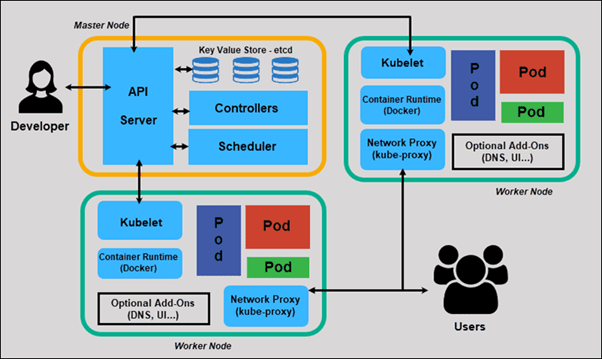
Etcd:
It stores the data connected with a setup that can be utilized by the bunch hubs. It is with high accessibility key-esteem store disseminated among various hubs and with a circulated key-esteem store can available exclusively by Kubernetes API server as it could be of some touchy data.
Programming interface Server:
Kubernetes, an API server carries out every one of the procedure on the bunch utilizing unmistakable devices and libraries which can promptly convey. kubeconfig is utilized to uncover Kubernetes API, accompanies server-side instruments, and can be utilized for correspondence.
Regulator Manager:
The capacity of this part is to manage the condition of the groups and play out an undertaking and is for the most part for authorities. It runs in a non-ending circle and is answerable for sending and gathering data to the API server. To carry the server to the ideal state, it gathers shared information and makes changes. Its key regulators incorporate replication regulator, namespace regulator, administration account regulator, and endpoint regulator. The regulator administrator runs particular sorts of regulators to deal with hubs, endpoints, and so on
Scheduler:
Being one of the critical parts of the Kubernetes ace, it is liable for responsibility circulation and for following work use load on bunch hubs and afterward setting them on the accessible assets by tolerating the responsibility. So, it is answerable for distributing units to accessible hubs and is liable for responsibility usage.
Components of Kubernetes Node :-
Following are the vital parts of the Node server that are important to speak with the Kubernetes ace.
1. Docker – Docker being the essential necessity of any hub helps in running any exemplified application holders and lightweight working climate.
2. Kubelet Service – The assistance in every hub is liable for transferring data both to and from the control plane by collaborating with and so on store to peruse the upsides of arrangement and wright. It accepts the accountability of keeping up with the work state and the hub, additionally oversees network rules, port sending, and so on
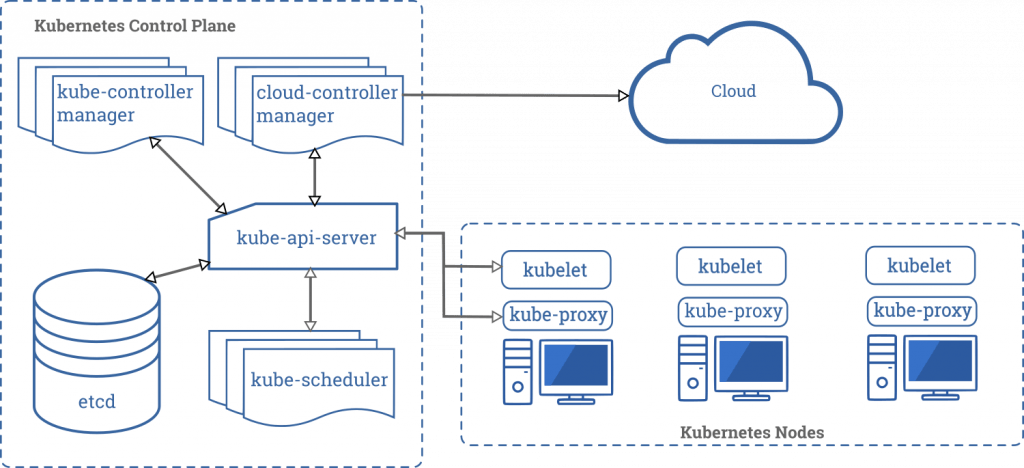
3. Kubernetes Proxy Service – This is an intermediary administration that sudden spikes in demand for hubs and helps in making administrations that are accessible to an outer host. It is answerable for sending solicitations to address compartments and performs crude burden adjusting and guarantees that the systems administration climate is available, unsurprising just as secluded. Any critical capacity of this is to oversee mysteries, cases on hub, volumes, new compartment creation, and so on
4. Setting Kubernetes – It is important to set up a virtual Data Center(VDC) for setting up Kubernetes, which can be considered as a bunch of machines liable for speaking with one another through the organization.
Kubernetes Basics :-
Presently in this Kubernetes instructional exercise, we will get familiar with a few significant Basics of Kubernetes:
Cluster :
It is an assortment of hosts(servers) that assists you with totaling their accessible assets. That incorporates slam, CPU, smash, circle, and their gadgets into a usable pool.
Master :
The expert is an assortment of parts which make up the control board of Kubernetes. These parts are utilized for all group choices. It incorporates both planning and reacting to group occasions.
Node :
It is a solitary host which is fit for running on a physical or virtual machine. A hub should run both kube-intermediary, minikube, and kubelet which are considered as a piece of the group.
Namespace :
It is a coherent bunch or climate. It is a broadly utilized technique which is utilized for checking access or isolating a group.
- Replication Controllers : A replication regulator is an item which characterizes a unit format. It additionally controls boundaries to scale indistinguishable reproductions of Pod on a level plane by expanding or diminishing the quantity of running duplicates.
- Replication Sets : Replication sets are a communication on the replication regulator plan with adaptability in the way in which the regulator perceives the cases it is intended to make due. It replaces replication regulators on account of their higher imitate choice ability.
- Deployments : Sending is a typical responsibility which can be straightforwardly made and make due. Arrangement use replication set as a structure block which adds the component of life cycle the board.
- Stateful Sets : It is a specific unit control which offers requesting and uniqueness. It is primarily used to have fine-grained control, which you have a specific need with respect to arrangement request, stable systems administration, and determined information.
- Daemon Sets : Daemon sets are one more specific type of unit regulator that runs a duplicate of a case on each hub in the bunch. This kind of case regulator is a powerful strategy for sending units that permits you to perform upkeep and offers administrations for the actual hubs.
Other Key Terminologies :-
Kubernetes vs. Docker Swarm
| Scaling | No Autoscaling | Auto-scaling |
| Load balancing | Does auto load balancing | Manually configure your load balancing settings |
| Storage volume sharing | Shares storage volumes with any other container | Shares storage volumes between multiple containers inside the same Pod |
| Use of logining and monitoring tool | Use 3rd party tool like ELK | Provide an in-built tool for logging and monitoring. |
| Installation | Easy & fast | Complicated & time-consuming |
| GUI | GUI not available | GUI is available |
| Scalability | Scaling up is faster than K8S, but cluster strength not as robust | Scaling up is slow compared to Swarm, but guarantees stronger cluster state Load balancing requires manual service configuration |
| Load Balancing | Provides a built-in load balancing technique | Process scheduling to maintain services while updating |
| Updates & Rollbacks Data Volumes Logging & Monitoring | Progressive updates and service health monitoring. | Only shared with containers in same Pod Inbuilt logging & monitoring tools. |
Conclusion :-
Kubernetes at the very least can Schedule and run utility pressing compartments on groups of each substantial and advanced machine. however, it furthermore allows manufacturers to ‘slice the rope’ to real and computerized machines, moving from a number-driven foundation to a field-driven one giving a few benefits that acquire to holders. It gives the foundation needed to assemble a total holder driven improvement climate. Kubernetes accompanies a hidden innovation to Docker, that has effectively been prepared into the Linux Kernel for quite a while.
Likewise, Kubernetes permits clients to infer most extreme compartment utility and construct cloud-local applications consequently empower to run freely of cloud-explicit necessities anyplace. Obviously, it is the best model for application improvement and tasks in a fast and simple manner.


